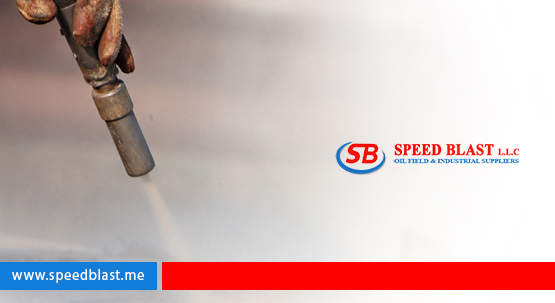Sand Blasting Vs Dry ice Blasting. Which is best for you?
There are many different forms of blast cleaning that can provide a range of finished product, toxicity, waste, and levels of safety. And the most common among them is Sand Blasting. This is mainly done with abrasives and particularly used in the field of Paint and rust removal in industries.
Several industries may not achieve the same results with dry ice blasting and vice versa. Alternatively, dry ice blasting is a non-abrasive media that provides the same qualities without some of the expected leftovers. Though abrasive suppliers worldwide provide apt solutions for your abrasive needs, it's equally important to know your blasting options before choosing the best one. It helps industries to opt for the best blasting procedure and enjoy maximum benefits.
If you are also concerned about choosing between sandblasting and dry ice blasting, this article shall surely bring a fix.
Sandblasting
The process of sandblasting utilize sand as a raw material to propel against the surface and remove dirt, rust and other contamination from the surface.
There are majority of industries that benefits from sand blasting and the process involved.
Dry ice Blasting
Dry ice blasting uses freezing carbon dioxide (-109 F) to remove dirt and grime from a surface and renew it. The high speed of propelling the raw material is utilised in this method too.

Difference between Sandblasting and Dry ice blasting
Initially, one may feel that sandblasting and dry ice blasting perform similar tasks, then what's the need to choose between the two. However, we must understand that both have different impacts though the initial process is identical. Hence, it is crucial to delve deep into this subject and choose the right abrasive supplier.
Procedure
In sandblasting, sand particles propel towards the contaminated surface to remove the grime at high speed. The friction by sand helps to remove the old paint, rust, and other dirt. Though dry ice is also shooted at high intensity, it doesn't function through friction. It's the extreme cold temperature that forces dirt to fall off from the surface.
Outcome
There are high chances of bruising of the surface during the sandblasting process. Hence, abrasive suppliers do not recommend sandblasting for surfaces that may damage due to friction. In contrast, dry ice blasting can be used on soft surfaces without the fear of scraping. Dry ice is non-abrasive and utilizes the freezing temperature to remove contaminants. The high intensity of dry ice releases the dirt from the surface, and as it evaporates, the dirt also falls off without causing any adverse effect on the surface.
Safety measures
Sandblasting and dry ice blasting are equally concerned for safety. Both these operations are carried out in well-ventilated areas to safeguard the workers from any mishap. However, sandblasting workers require added safety measures since the tiny particles may cause harm to the body and the respiratory system in case of inhalation. Dry ice is relatively less dangerous as it evaporates instantly, but the freezing temperature may cause frostbite if not appropriately handled.
Conclusion
Both sandblasting and dry ice blasting have a set of pros and cons. It depends on the applications of sandblasting and dry ice to choose the right product for your requirements.
Speed Blast is ever ready to solve customer queries. If confused regarding your choice of abrasives, contact us to provide you with the best solutions.